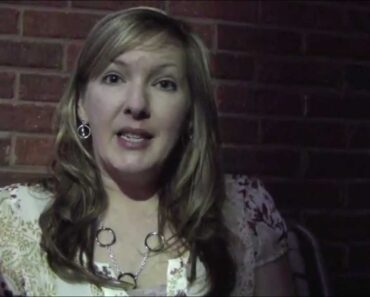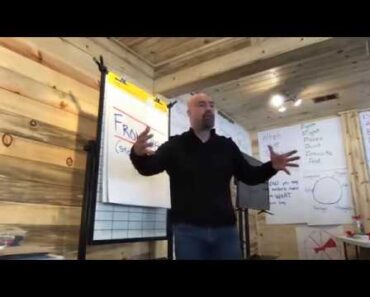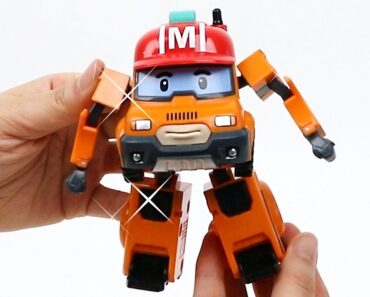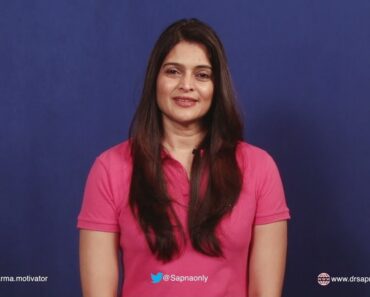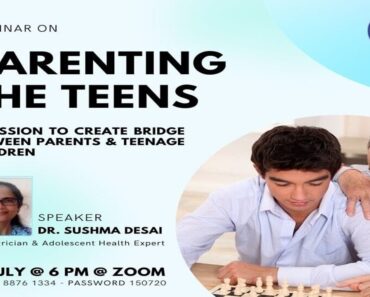Have you ever looked up at the sky and wondered what is up there? Humans have always been drawn to the stars and a host of fascinating objects in outer space. When we gaze at the night sky, we are bound to see bright stars, the silvery moon, and perhaps even bright planets. If you are lucky, you might even see the starry band of the milky way galaxy.
From the dawn of civilization, humans have always been interested in space. Human interest in space exploration isn’t limited to knowing the unknown, but also discovering the universe and galaxies. Because humans have explored, we have expanded our scientific knowledge. The first moon landing, the launching of the International Space Station, the Mars Exploration Rovers, and the Hubble space telescope are humankind’s early achievements in space exploration.
What is space, and how big is space? Read this post to discover some amazing space facts for kids.
Information About Space For Kids
Our Earth is surrounded by the atmosphere, which is nothing but layers of gases surrounding the planet. The region where the shell of air around the Earth disappears is called outer space. The outer space is approximately 100km above the Earth’s surface (1). As there is no air in space, there is no scattering of the sunlight to give it any color. Therefore, space appears dark.
Contrary to popular belief, space is not empty. Space between the planets and stars is filled with huge amounts of gas molecules and dust. Space is filled with all types of radiations, including ultraviolet and infrared radiations, cosmic rays, and high energy X-rays and gamma rays emitted by the Sun and other star systems (1).
30 Space Facts For Kids
Let us learn some fun facts about space. ( (2), (3), (4), (5), (6), (7), (8), (9), (10), (11), (12), (13), (14), (15), (16), (17), (18), (19), (20), (21), (22), (23), (24), (25))
- Astronauts are explorers of space. The word astronaut is derived from the Latin word Astron, meaning star. Russians call astronauts as cosmonauts. Cosmonaut is derived from the Greek word cosmos, meaning the outer world.
- Stars emit light because of burning gases in the atmosphere. Stars that seem big in a clear sky are not necessarily larger than other stars. They are closer to us.
- Astronauts consume liquid food in their space missions.
- Since astronauts cannot carry a refrigerator to space, they use a freeze-dried process. The food is frozen to a low temperature and dried in a vacuum container to eliminate moisture.
- Stars seem close, don’t they? If you were traveling at almost 12,500 miles per hour on a space shuttle, it would still take you 165,000 years to reach the closest star in our galaxy.
- Pluto was once considered to be the last planet in our solar system. It was removed from the list for being too small to be considered a planet. Hence, it was named a dwarf planet.
- In 1957, Russia launched Sputnik, the world’s first artificial satellite.
- The Halley’s Comet appears once every 75 years. It last appeared in 1986 and is expected to appear again in 2061.
- Black holes are densely packed masses accumulated in a small area. They can pull everything within their reach — even a star or a photon of light — because of their high gravitational pull.
- Have you seen the latest photos of black holes? They are not exactly photos of black holes but their surroundings as nothing can escape the black holes.
- Space appears quiet, doesn’t it? Supernovae and Hypernovae disturb the stillness and calm in space. Supernova is the breakdown of a very old star, which causes a high-intensity blast. Hypernova is a highly active type of Supernova thought to result from an extreme core-collapse in space. Hypernova explosions are the most powerful explosions in our universe. The first Hypernova was detected in 1998.
- Astronauts in space communicate with people on Earth by using radio waves. Radio waves do not require any medium to travel.
- A full NASA space suit costs $12,000,000. The space suits are white as white can reflect any heat radiating on it.
- A year in Venus is equal to 225 Earth days, while a year in Neptune equals 164.8 Earth years.
- The name of our galaxy Milky Way is derived from the Latin term ’Via Lactea,’ meaning milky circle.
- There are over 200 billion stars in our galaxy and billions of galaxies like the Milky Way in our universe.
- Olympus Mons on Mars is the tallest volcano in the solar system. It is three times higher than Mount Everest.
- Small asteroids hit the Earth each year, but do not cause any harm to our planet.
- High and low tides on Earth are caused by the gravitational pull of the Sun and the Moon.
- No one has ever seen the planet Neptune’s rings because they are invisible due to little solar light. These rings were discovered using scientific calculations.
- Asteroid Sedena has characteristics similar to the Earth. It is thrice as far as Neptune.
- Apollo 11 was the first mission to put humans on the moon. The mission took place in 1969.
- “That’s one small step for man, one giant leap for mankind” are the famous words of Neil Armstrong after he landed on the moon.
- Approximately 20% of the human population viewed the television broadcast of the Apollo 11 mission. It still ranks high among the most-viewed live events in history!
- A constellation is a collection of stars aligned in an imaginary form. The names of most constellations are derived from the ancient Middle Eastern, Greek, and Roman cultures.
- Scientists captured the first photo of a black hole in 2019. The black hole is said to be three million times bigger than the Earth.
- ‘Crux’ is one of the most easily distinguished constellations as seen from the Earth. It is also the smallest of all the 88 modern constellations.
- The moon has more craters on its surface than the Earth. This is because the Earth experiences minimal natural activities.
- Although Mercury is closest to the Sun, it is not the hottest. Venus observes a higher temperature than Mercury. The temperature can reach 465℃, enough to melt lead.
- Researchers believe that Jupiter has 79 moons. Of these, 53 had already been named, and 26 are yet to be named.
The area beyond our Earth is called space. It is filled with various celestial objects, including planets, stars, star systems, galaxies, and black holesmeteors. The unexplored vastness of space continues to excite human interest, and Researchers and space scientists continue to unravel several aspects of space.
